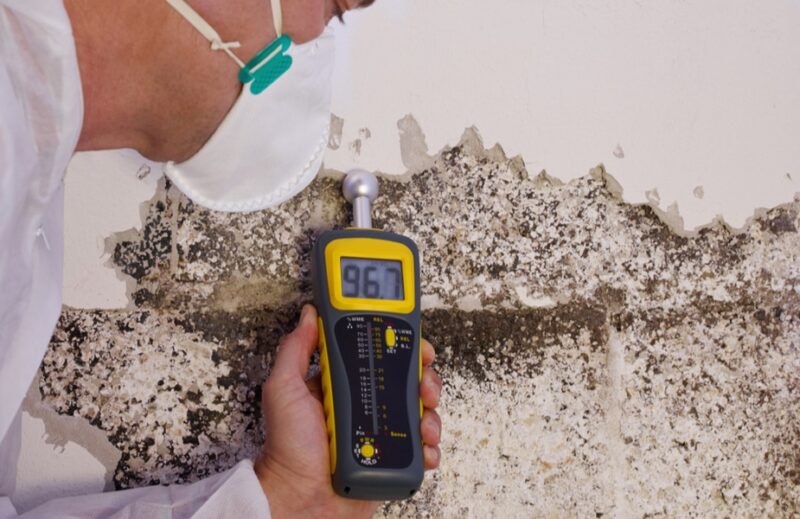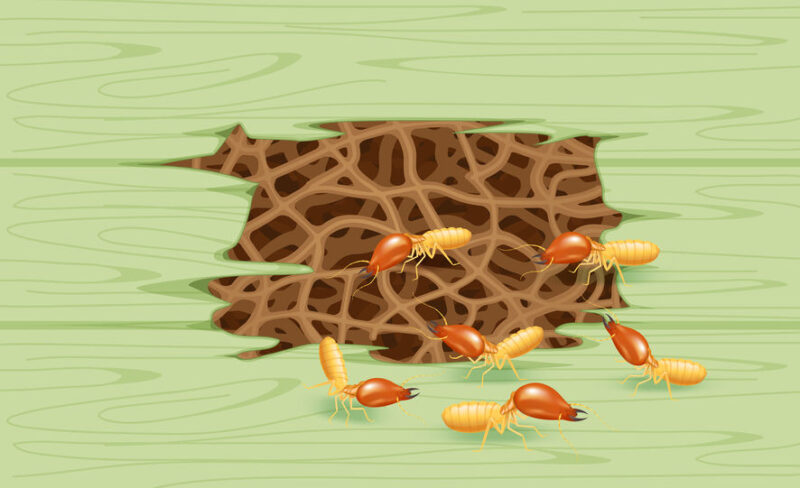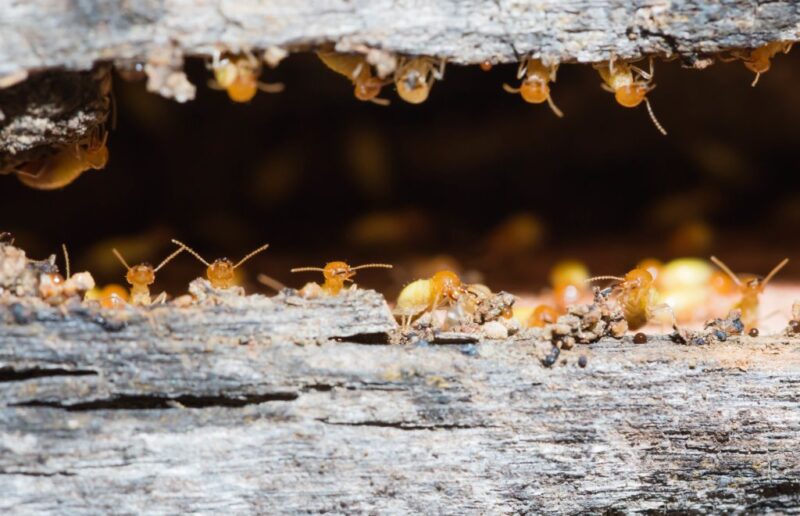Termite prevention is essential to protect your home from costly damage.
Termites can cause extensive structural damage to buildings, which can result in expensive repairs.
By implementing effective preventative measures, you can safeguard your property and ensure its longevity.
Regular Inspections

Regular inspections are the first line of defense against termites. A licensed professional can identify early signs of termite activity and potential risk areas that homeowners might overlook.
Suggested Frequency of Inspections
It is recommended to have a termite inspection at least once a year. However, in high-risk areas or if your property has a history of termite problems, more frequent inspections might be necessary.
Control Moisture
There are several ways you can control the moisture.
Fixing Leaks
Leaky taps, shower heads, toilets, air conditioning units, and hot water systems create moisture, which attracts termites. Ensuring all leaks are promptly fixed can significantly reduce the risk.
Proper Drainage Systems
Proper drainage systems prevent water accumulation around the foundation of your home. Make sure your property has well-functioning gutters, downspouts, and drains to divert water away from the structure.
Regularly inspect and maintain your roofing and guttering to prevent leaks and water buildup, which can create ideal conditions for termites.
Keeping Weep Holes Clear
Weep holes are essential for ventilation and preventing moisture buildup in walls. Ensure they are not blocked by soil, mulch, or other debris.
Maintain a gap of at least 18 inches between the soil and any wooden parts of your home. This helps prevent termites from easily accessing the wood.
Avoid planting garden beds and dense vegetation close to your home. Plants can trap moisture and provide a bridge for termites to reach your house.
Proper Landscaping
Ensure that any wooden structures, such as decks and pergolas, do not have direct contact with the ground. Use concrete or metal supports to lift them off the soil.
Choose termite-resistant materials, such as treated wood, metal, or composite materials, for building outdoor structures. This can significantly reduce the risk of termite infestations.
Regularly inspect and maintain wooden structures to ensure they are in good condition. Replace any damaged or decaying wood promptly. If this doesn’t work, you can always utilize methods like termite fumigation.
Manage Mulch and Firewood
When using mulch in your garden, opt for termite-resistant varieties, such as cedar or cypress mulch. Avoid using mulch made from softwood or untreated wood.
Store firewood at least 20 feet away from your home and off the ground. This prevents termites from using it as a food source and a bridge to your house.
Be cautious when using recycled or untreated wood for landscaping or construction. Unknown sources might be infested with termites or other pests.
Seal Entry Points
Inspect areas around water and gas lines entering your home. Seal any gaps or cracks with appropriate materials to prevent termites from entering.
Regularly paint wooden surfaces and install bug screens over vents and other openings. This helps seal off potential entry points for termites.
The Bottom Line

Preventing termites is far more cost-effective and less stressful than dealing with an infestation. Implementing these preventative measures can save your home from significant damage.

